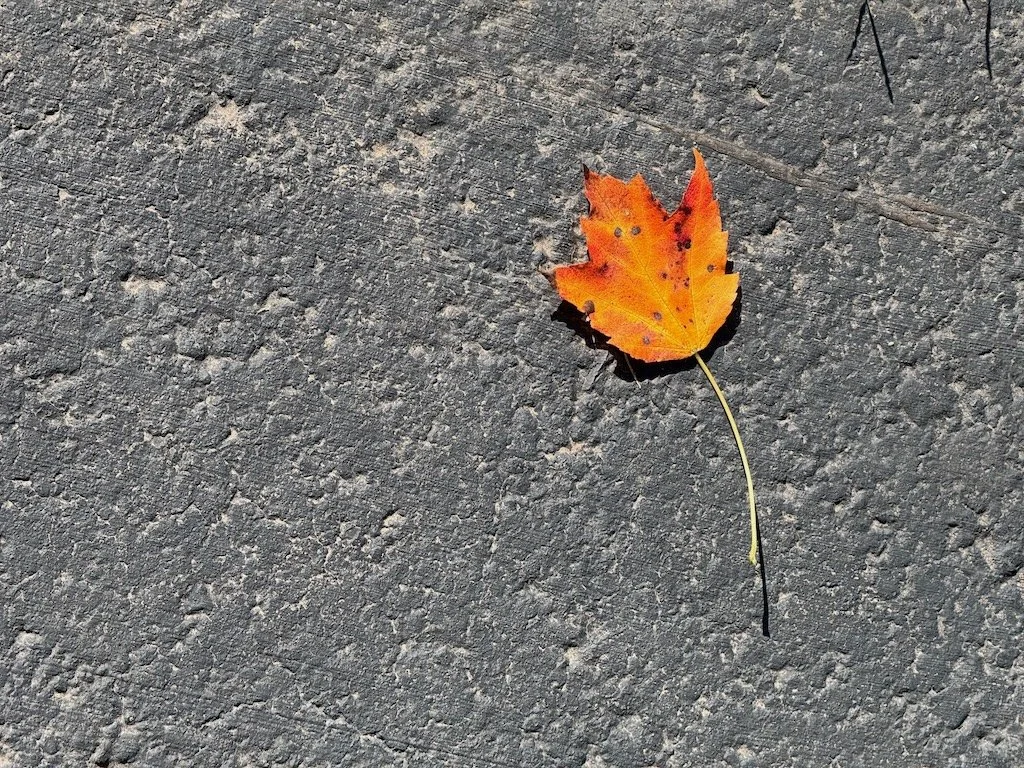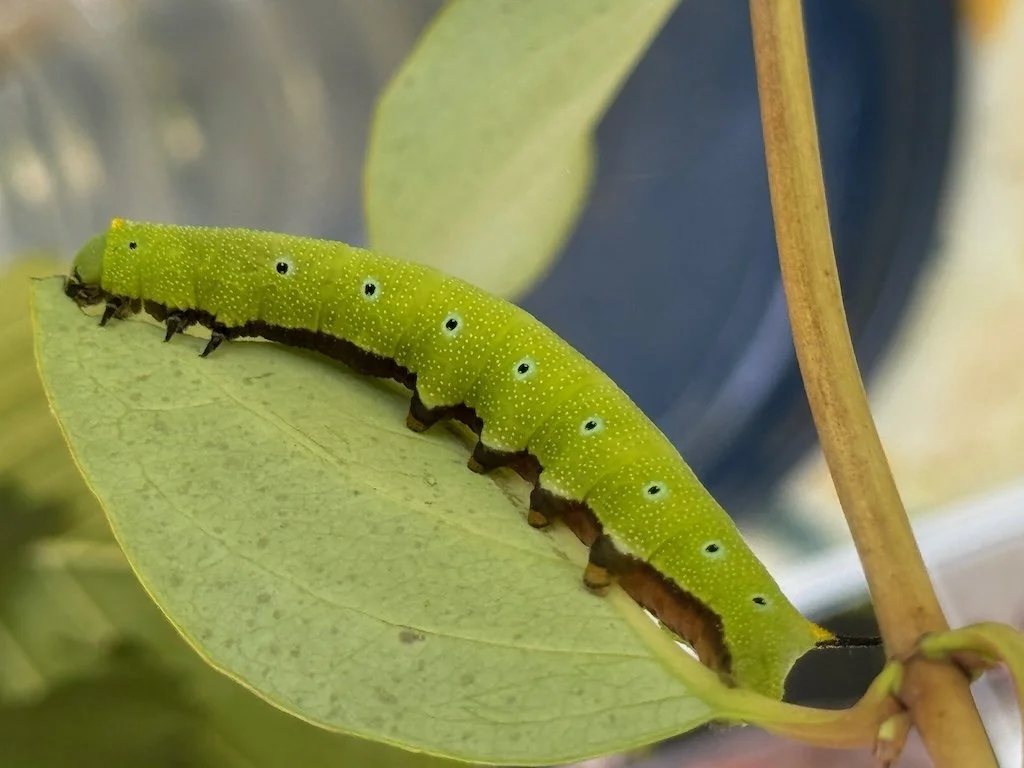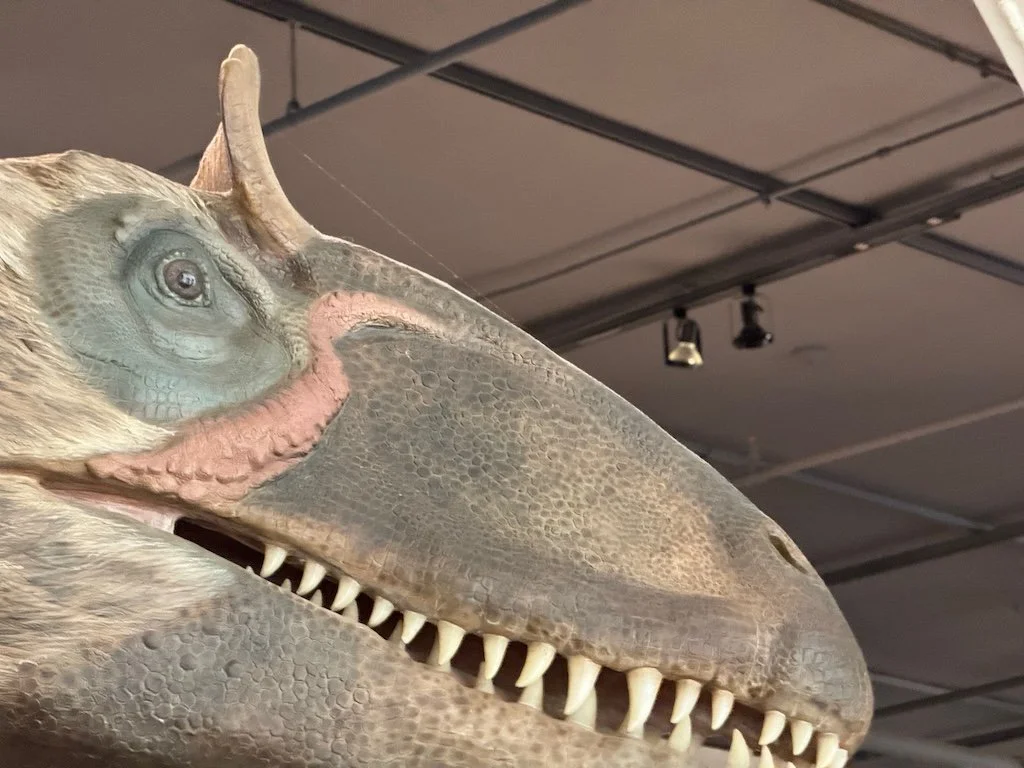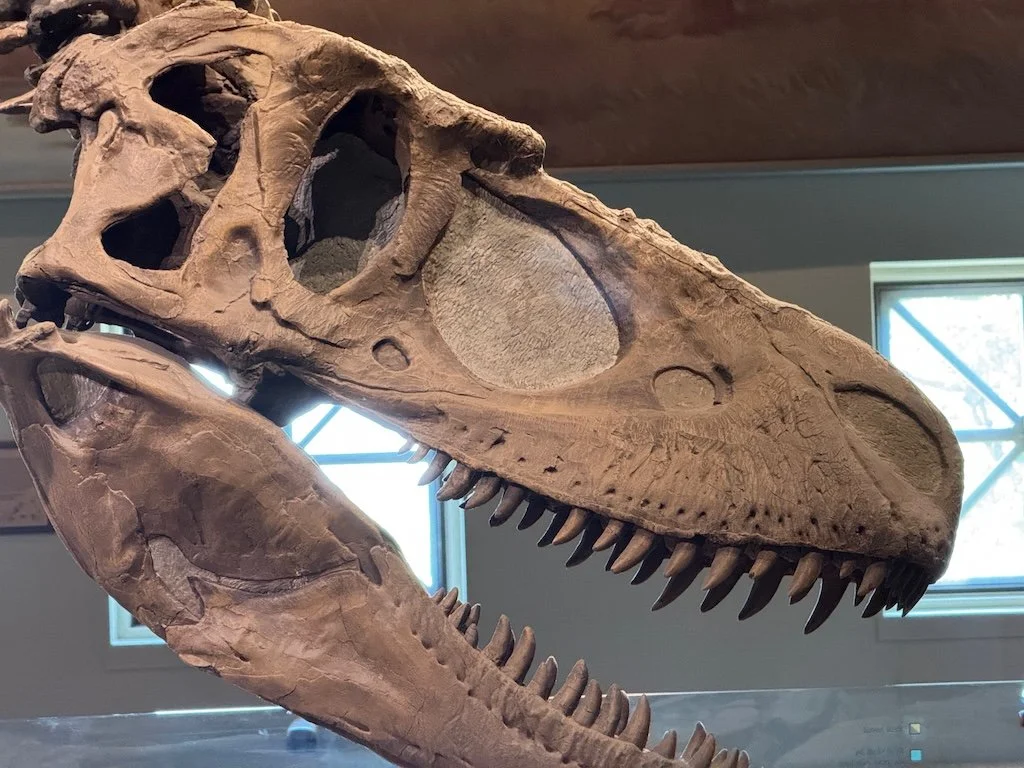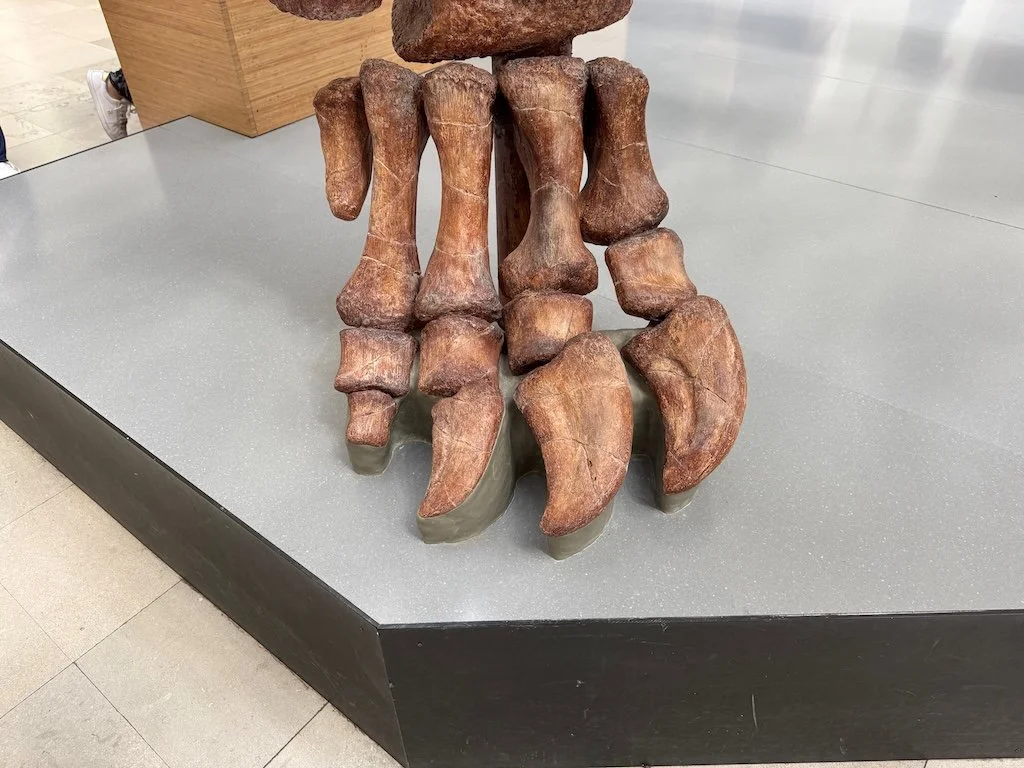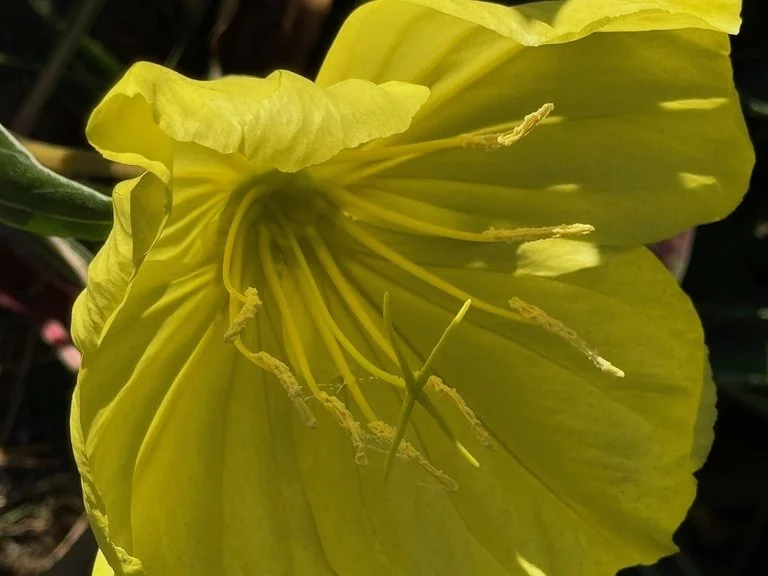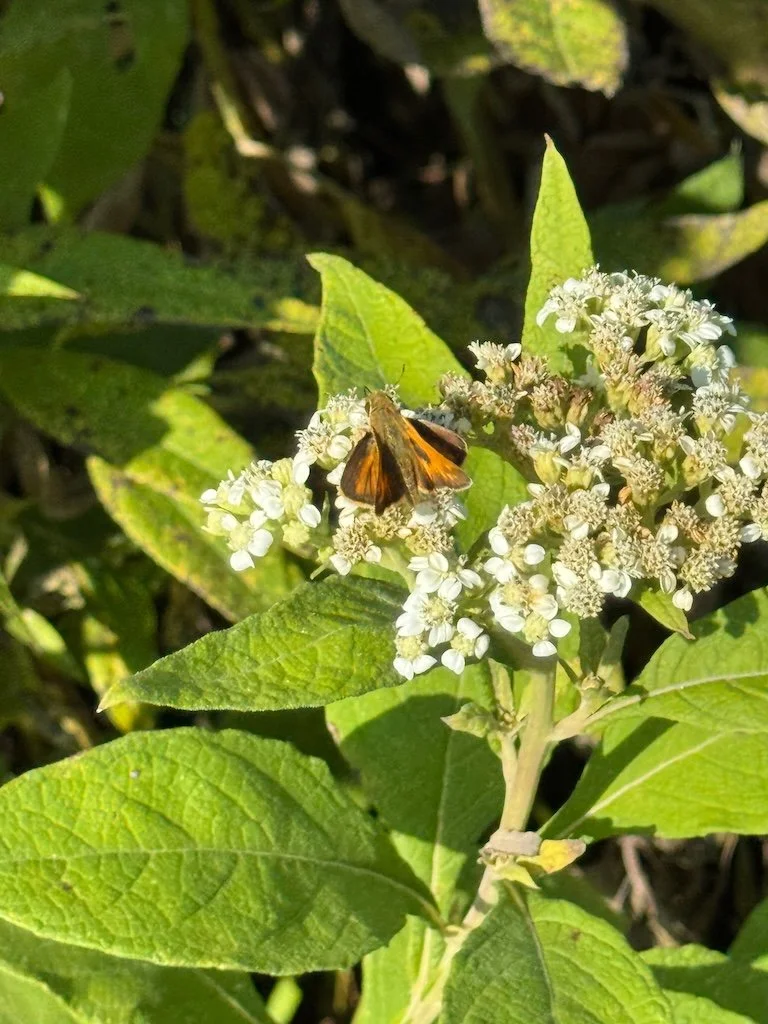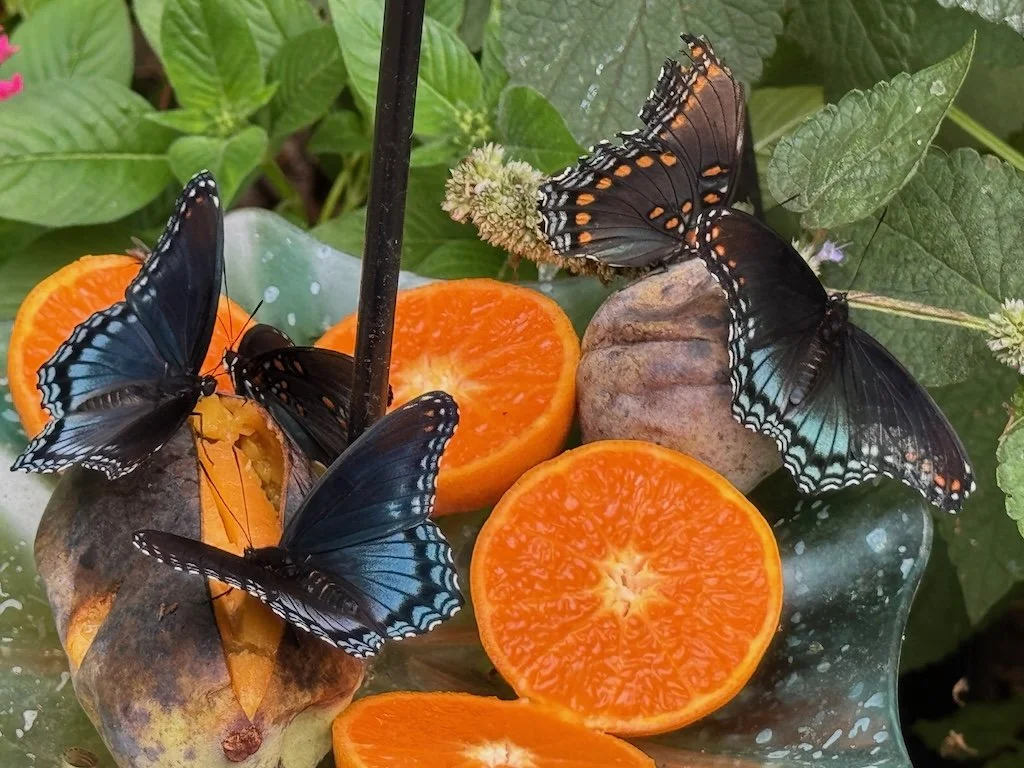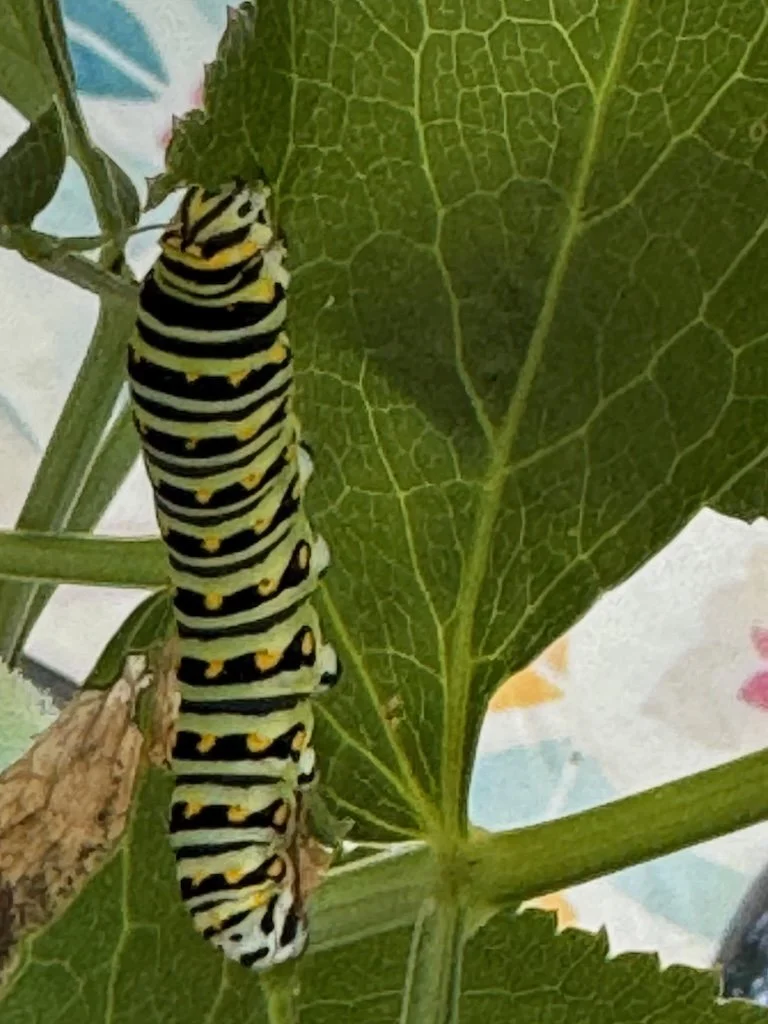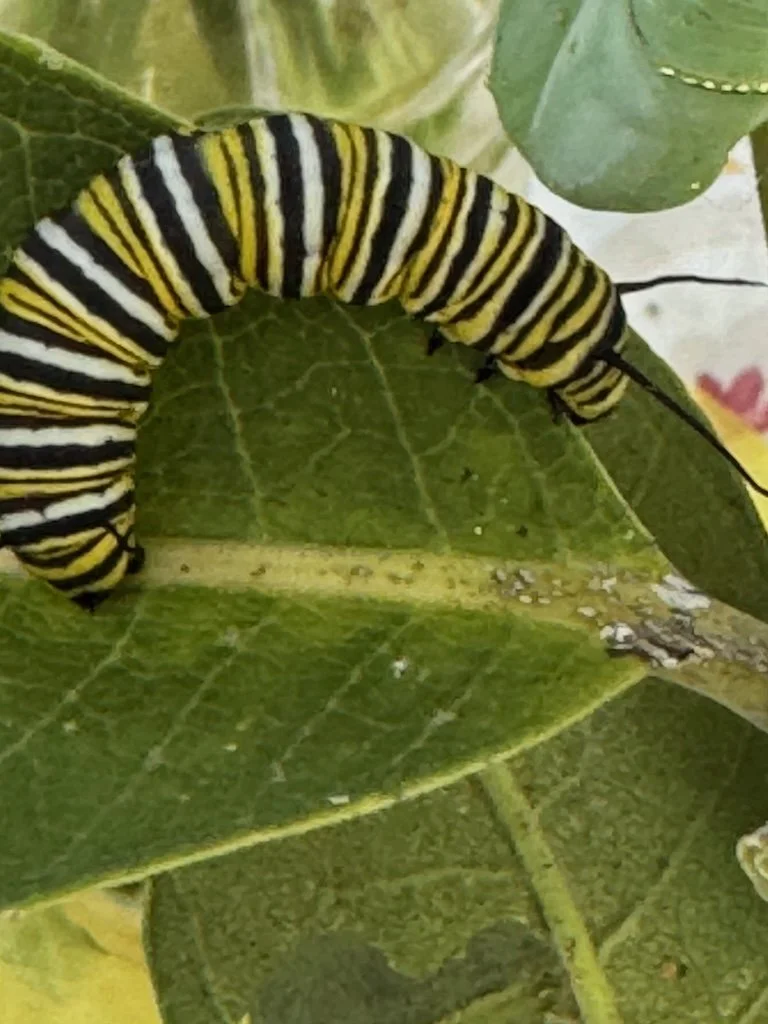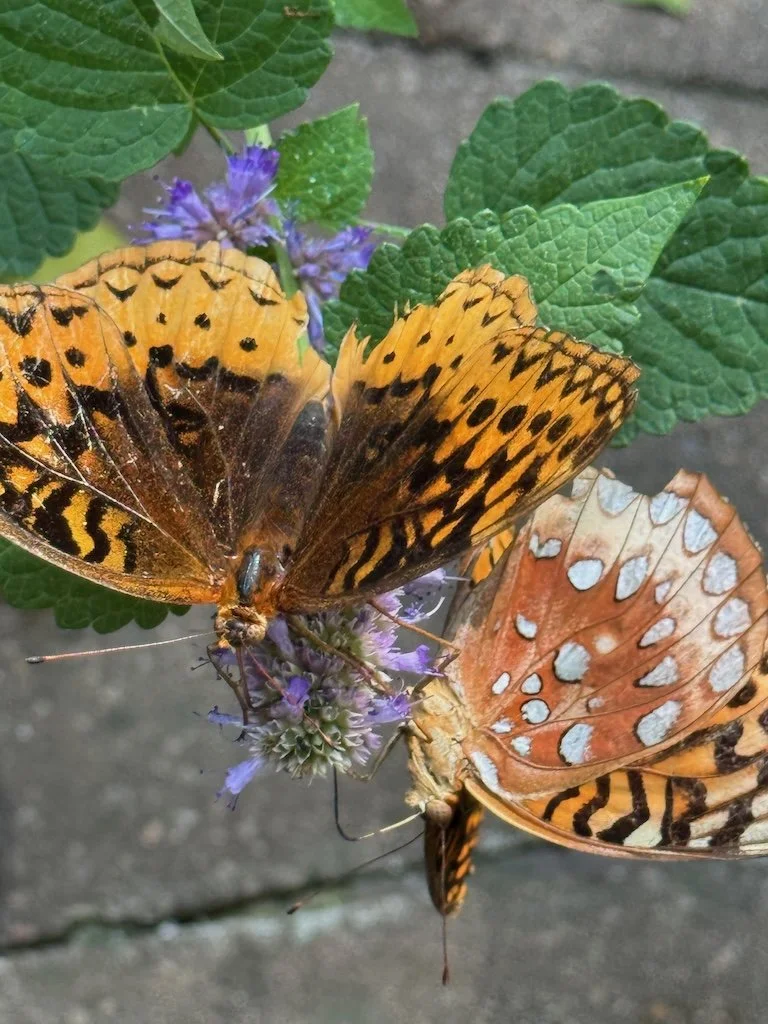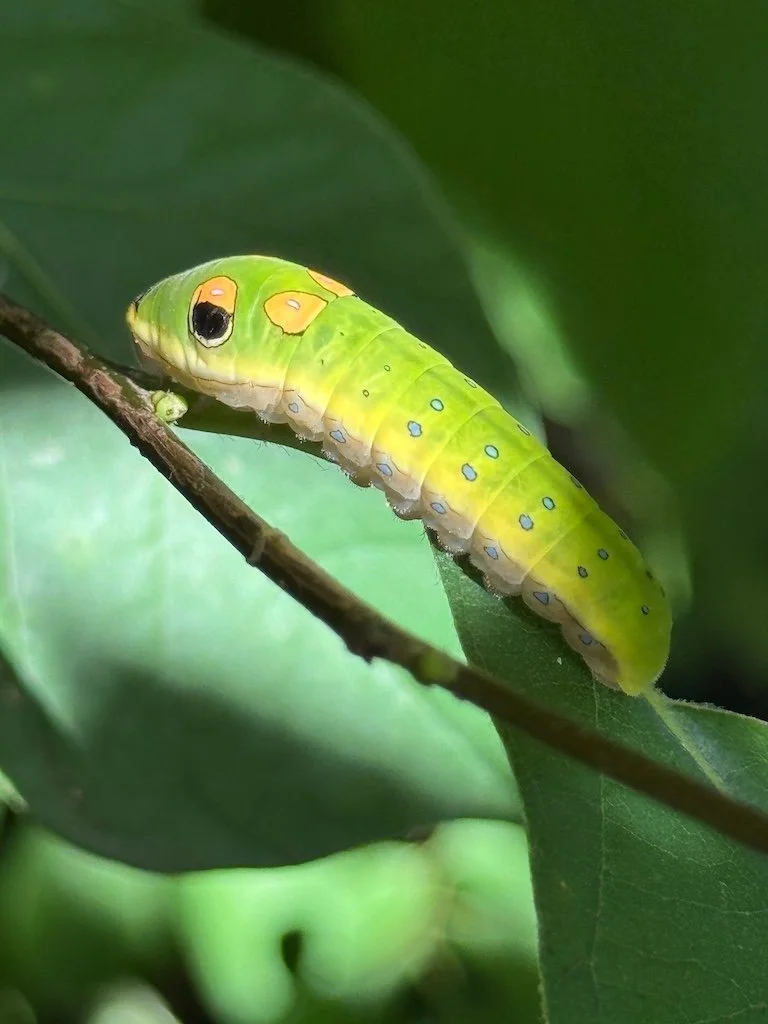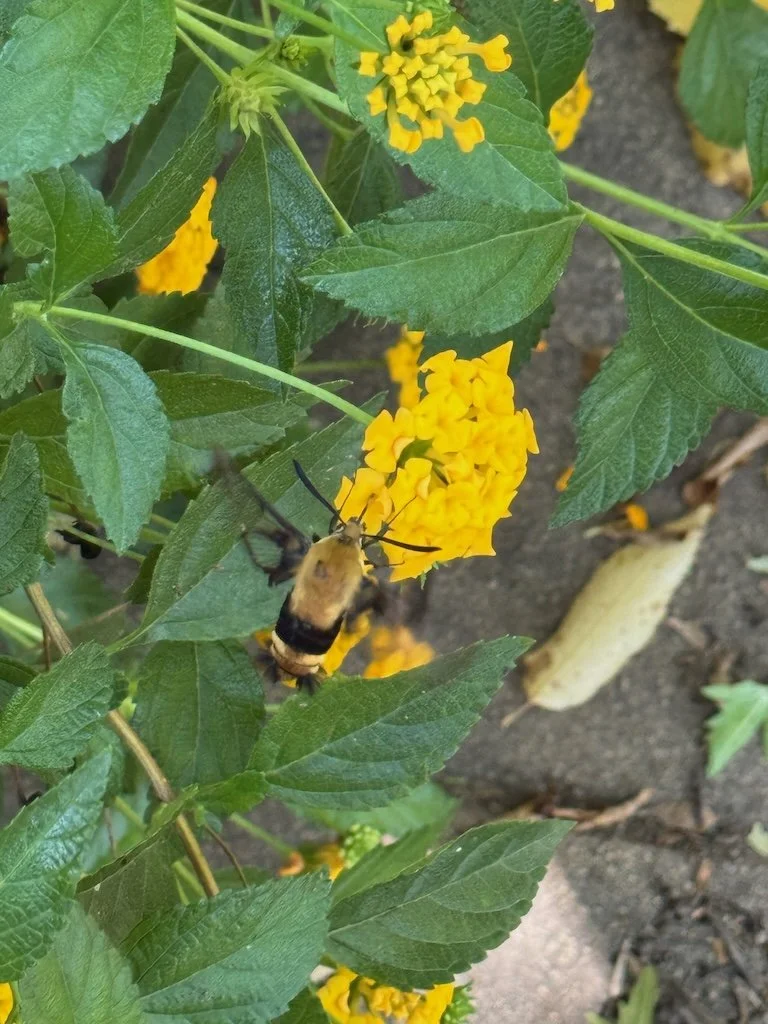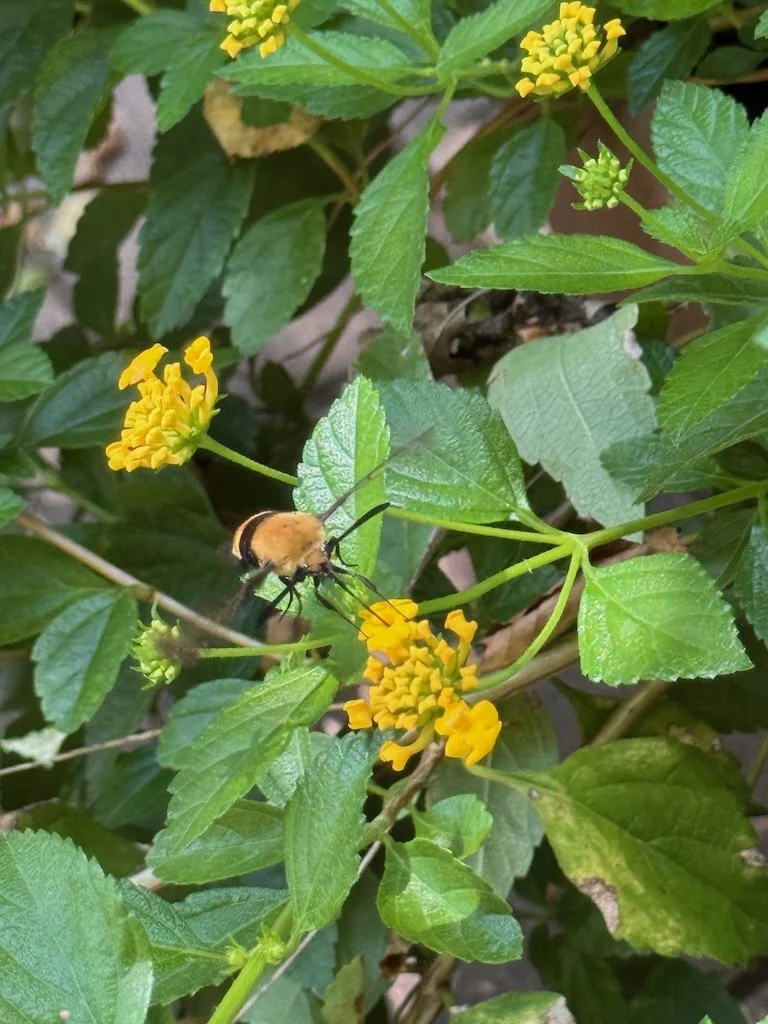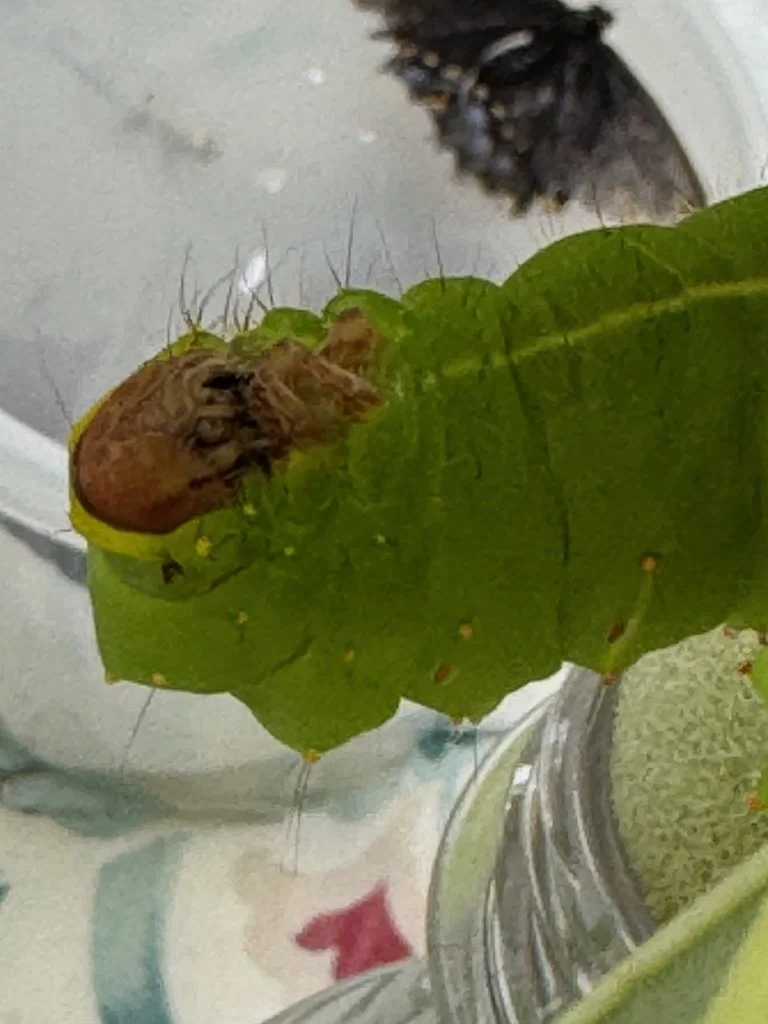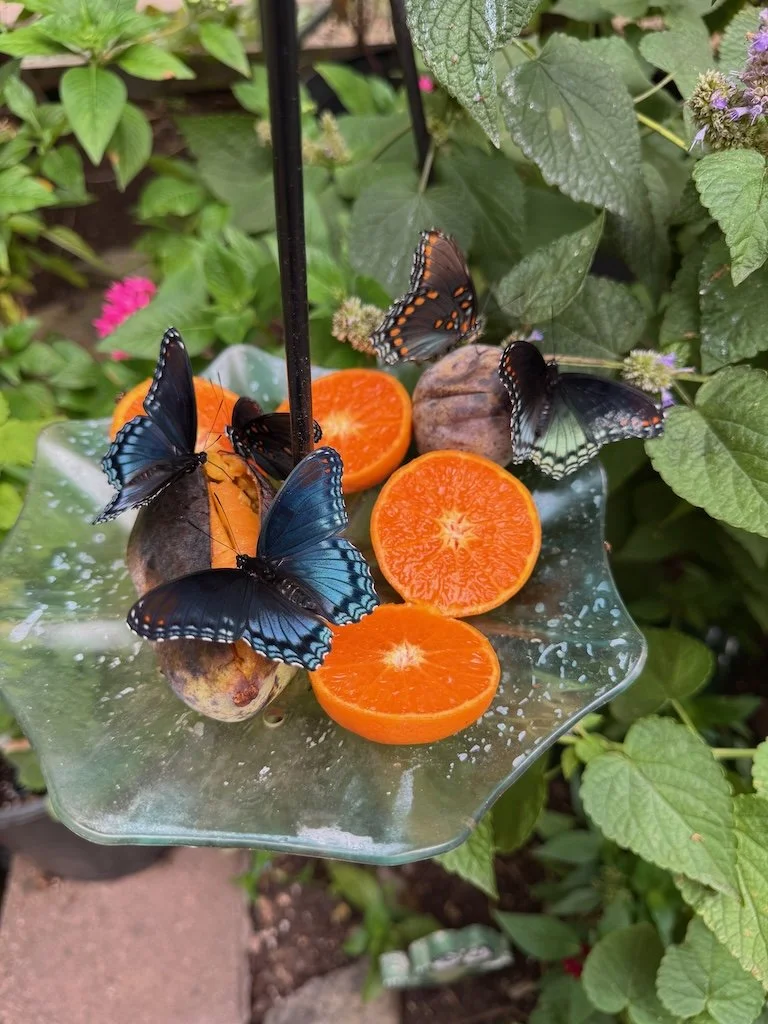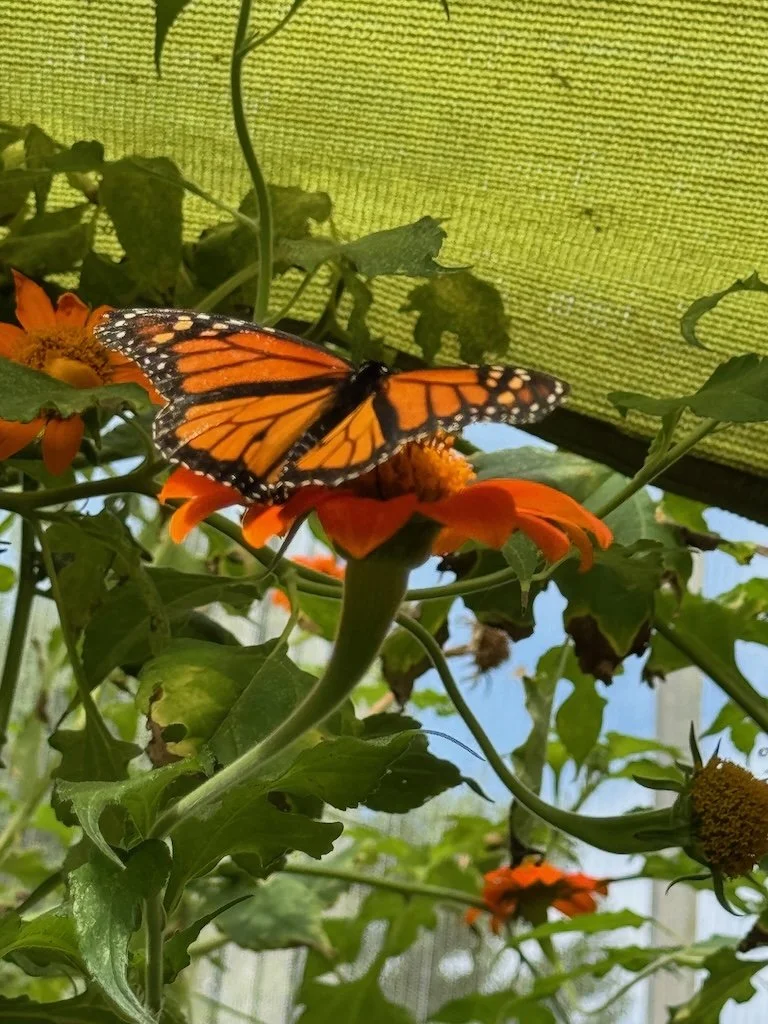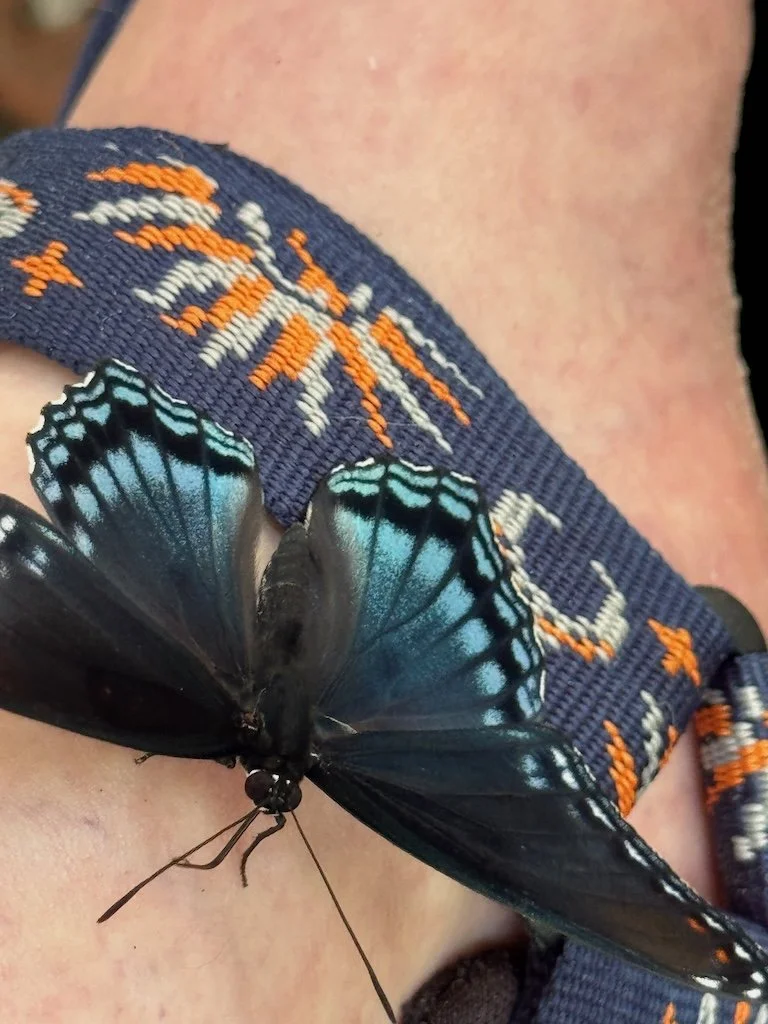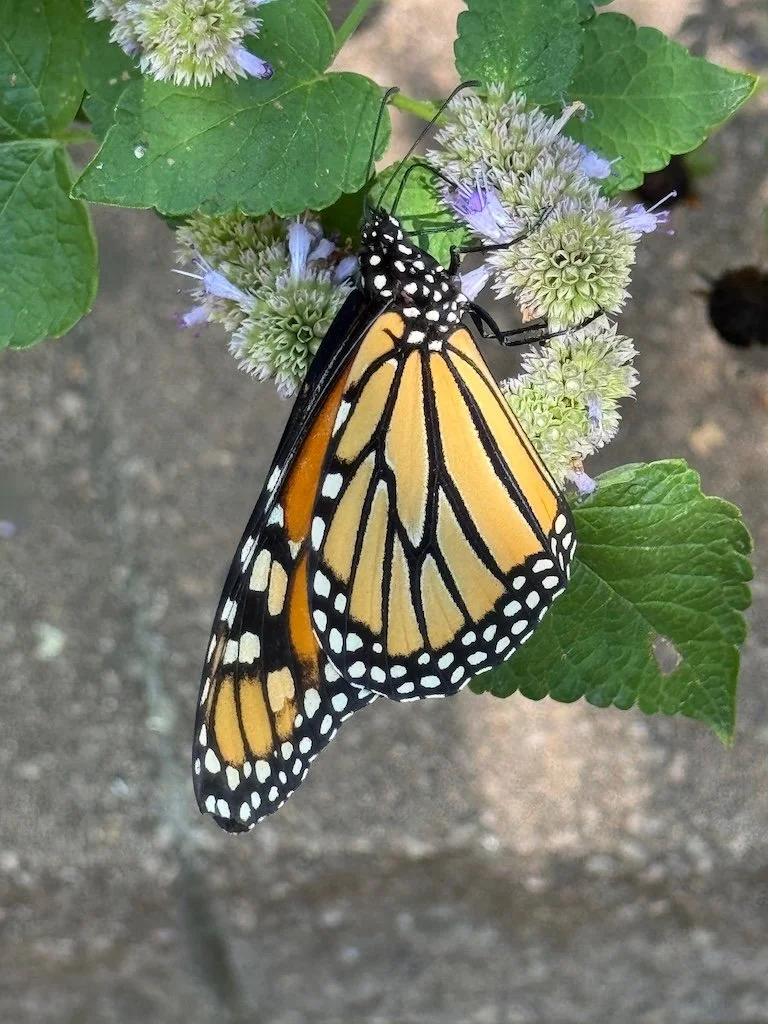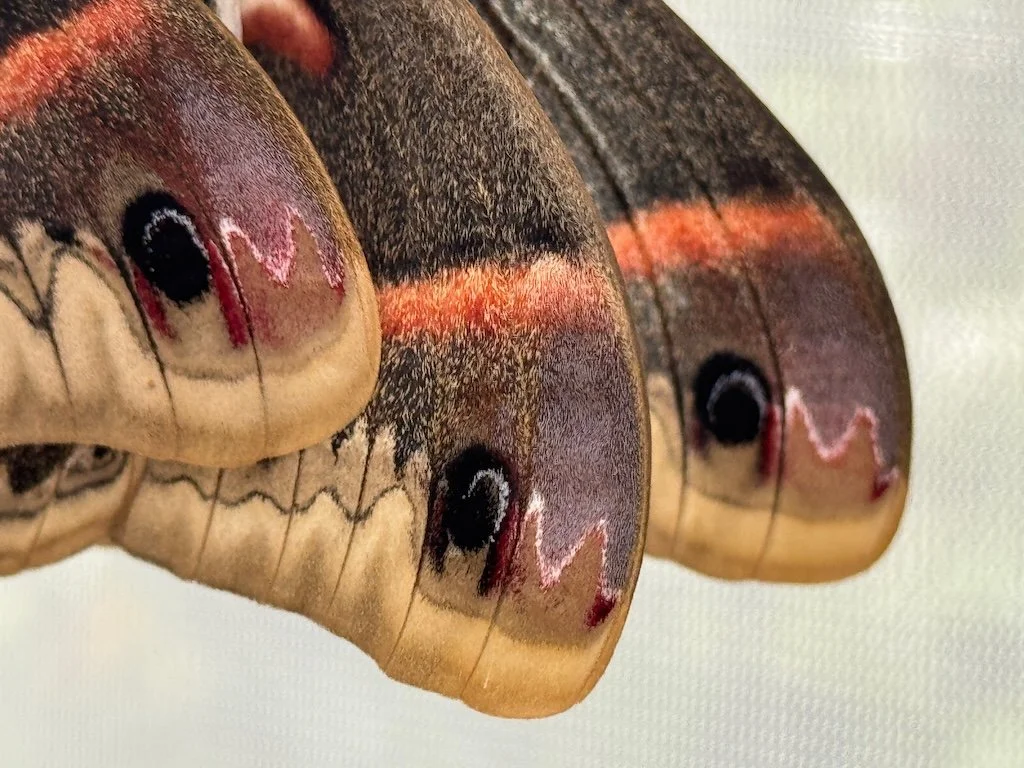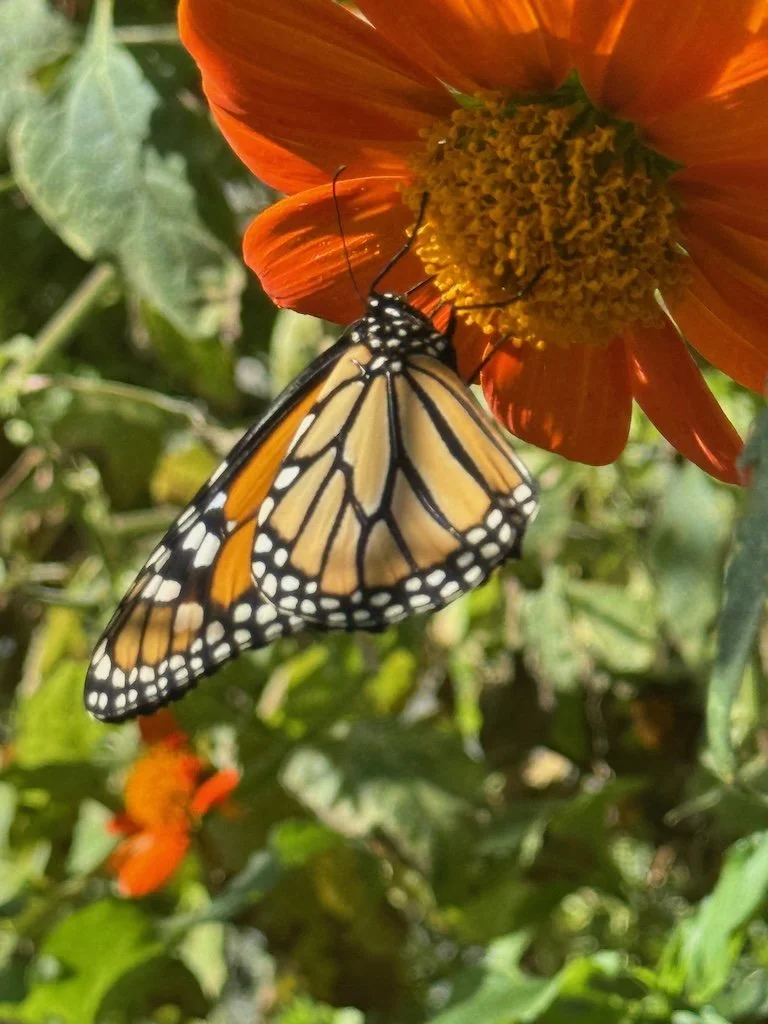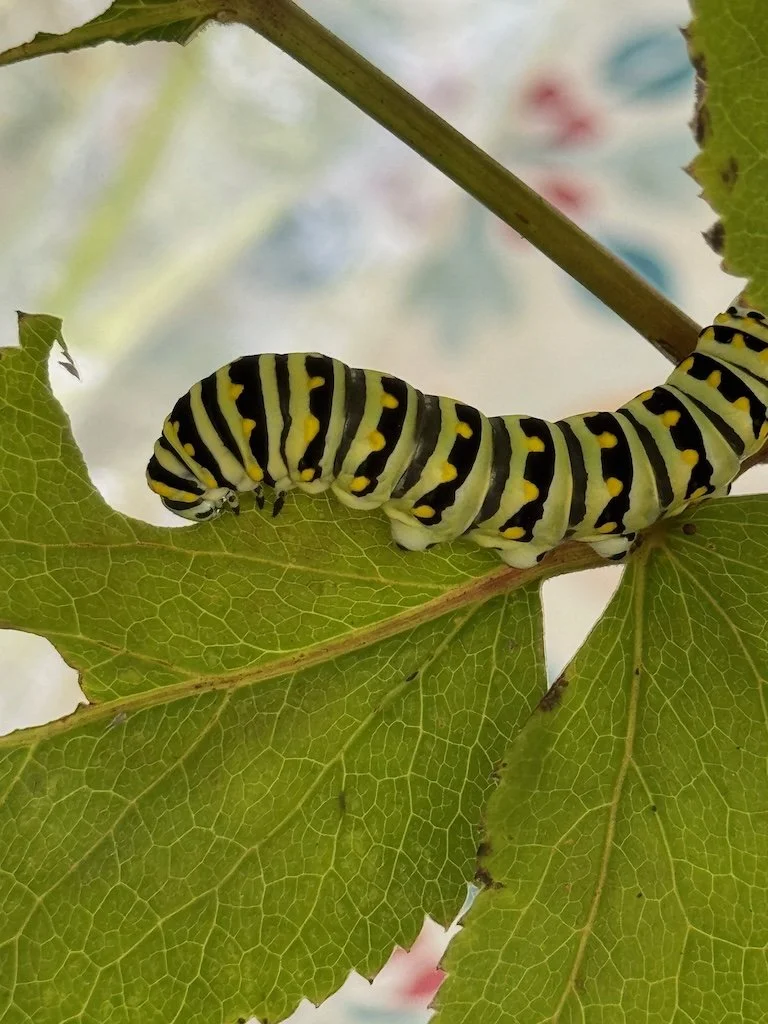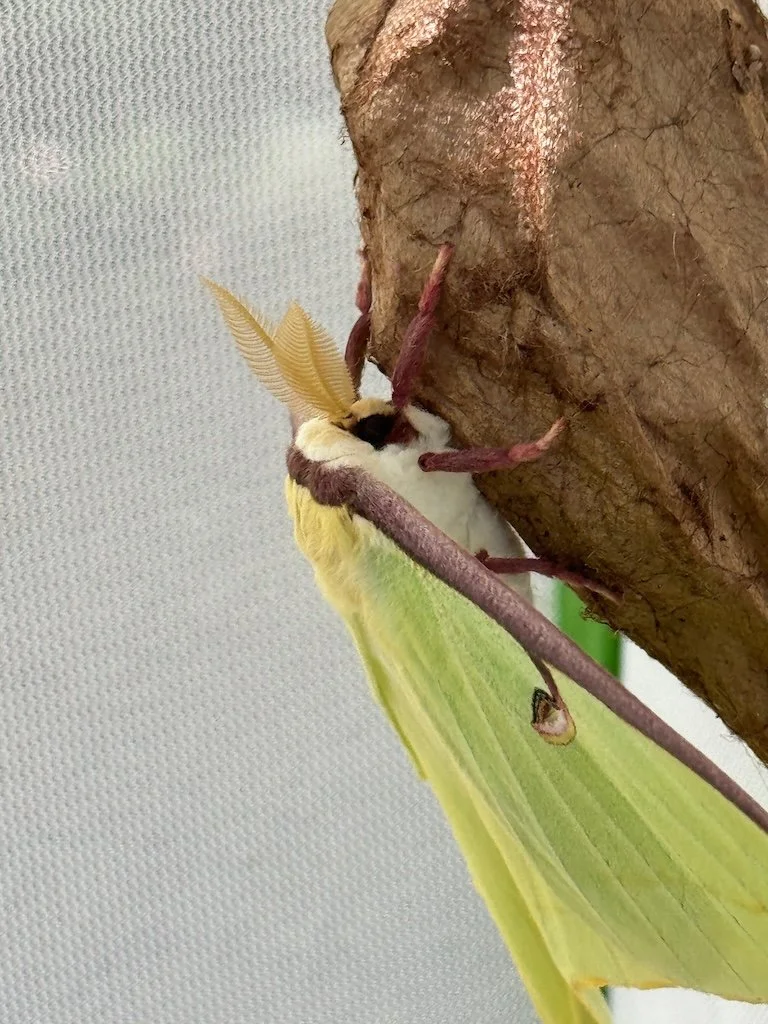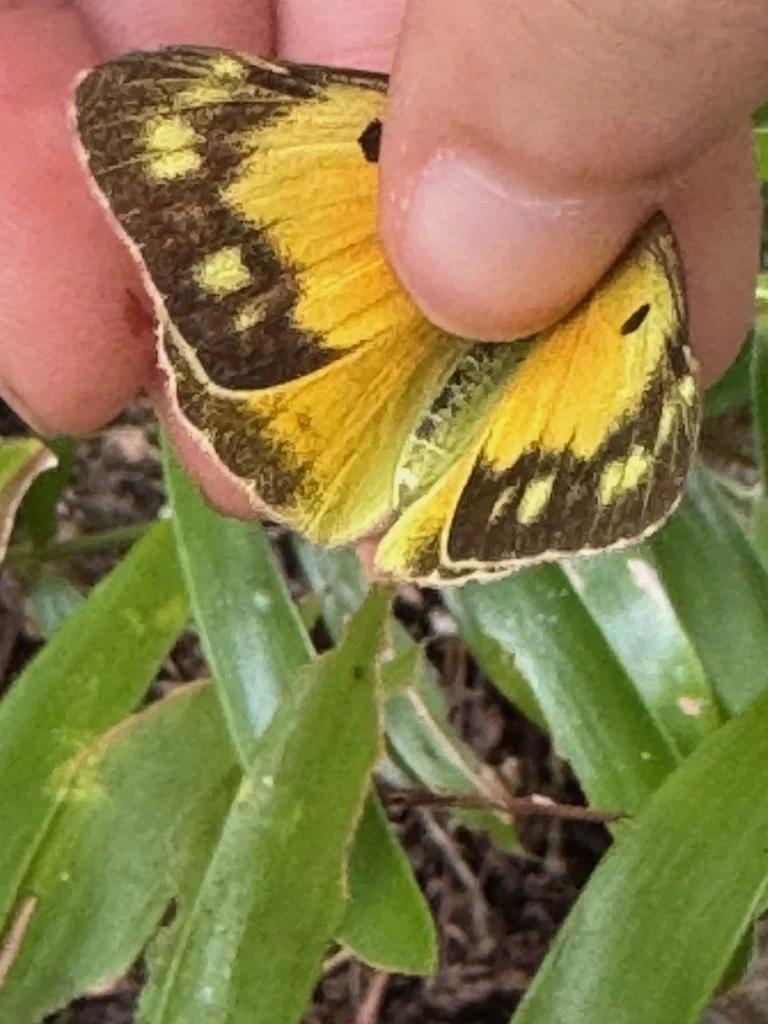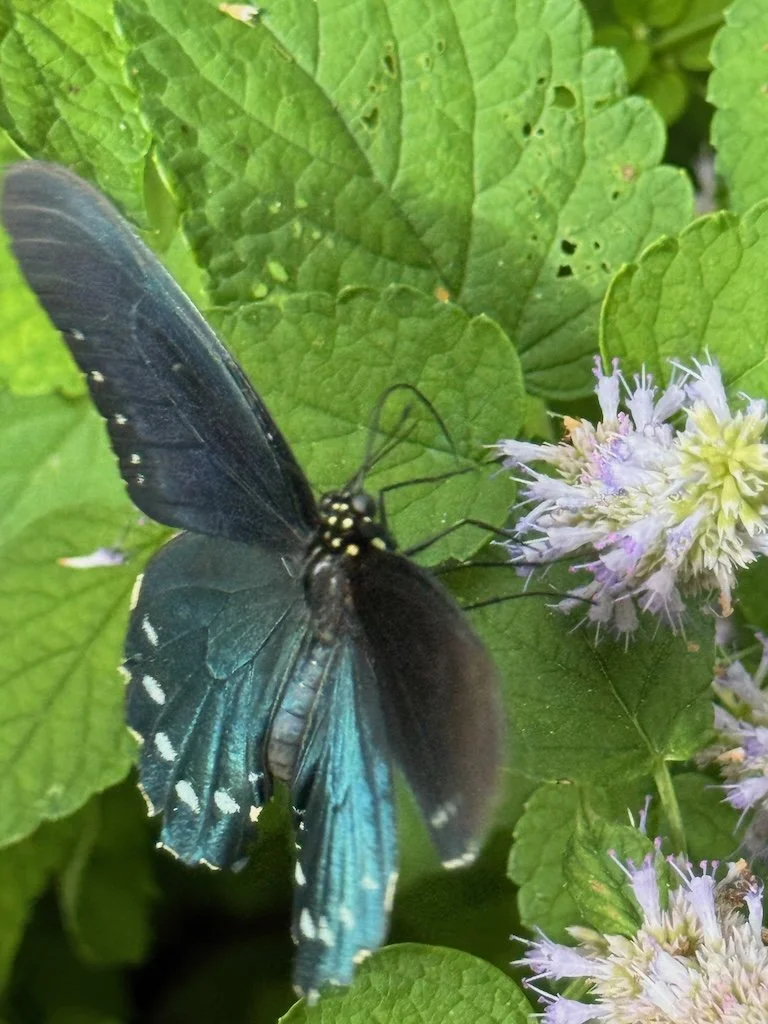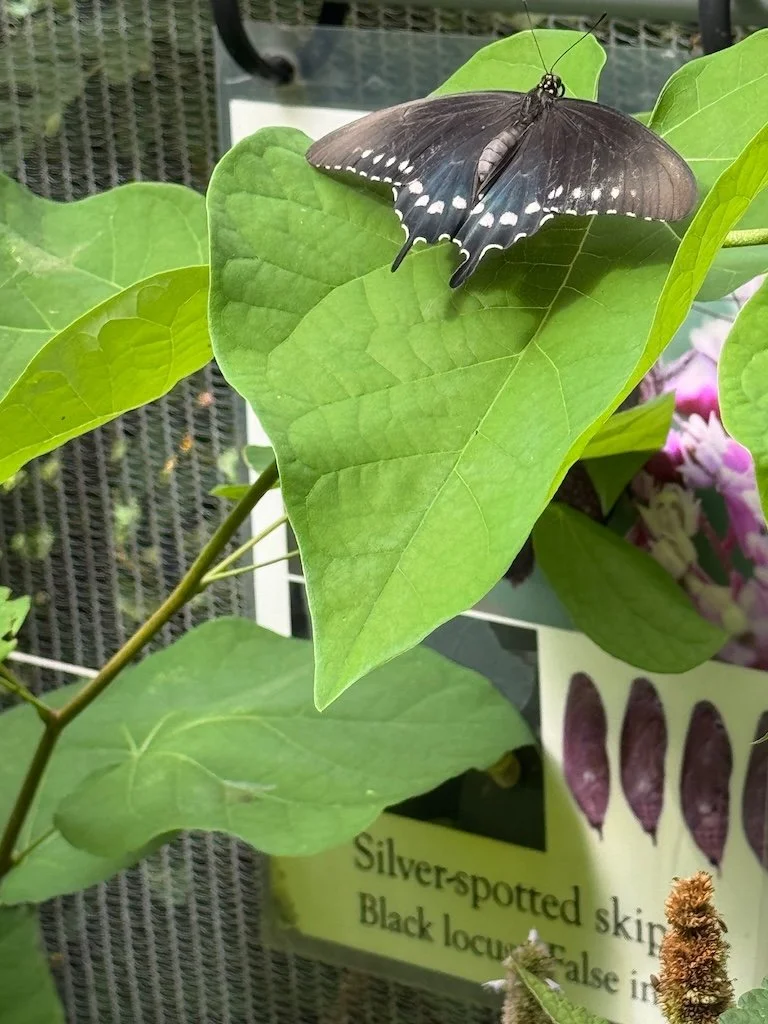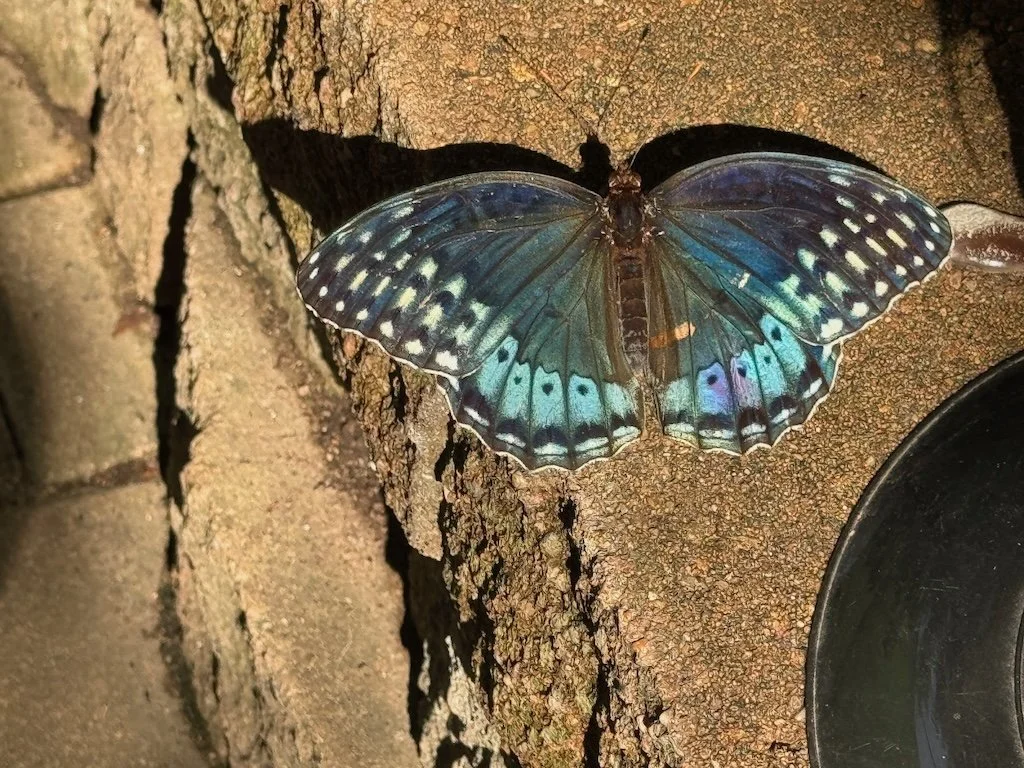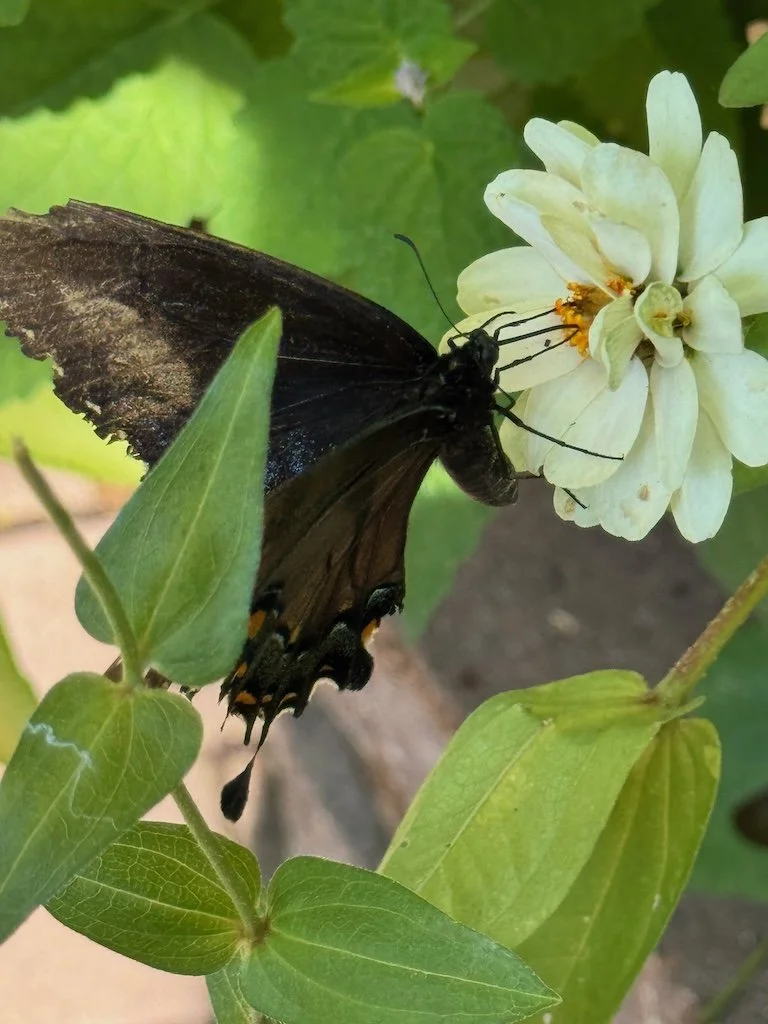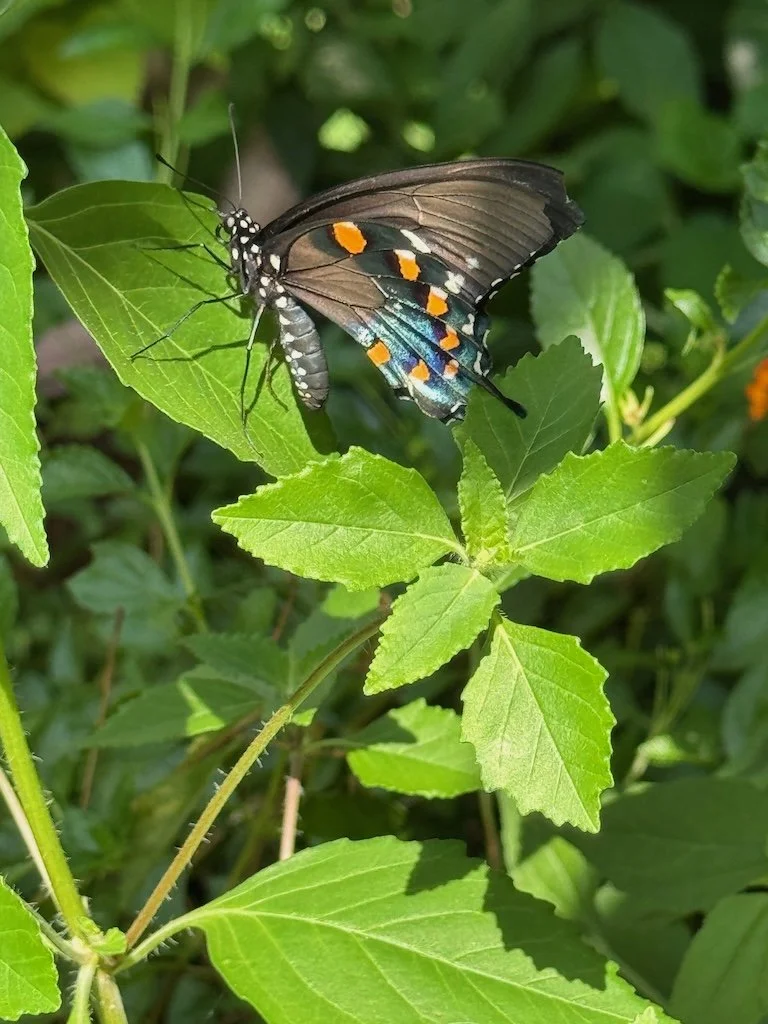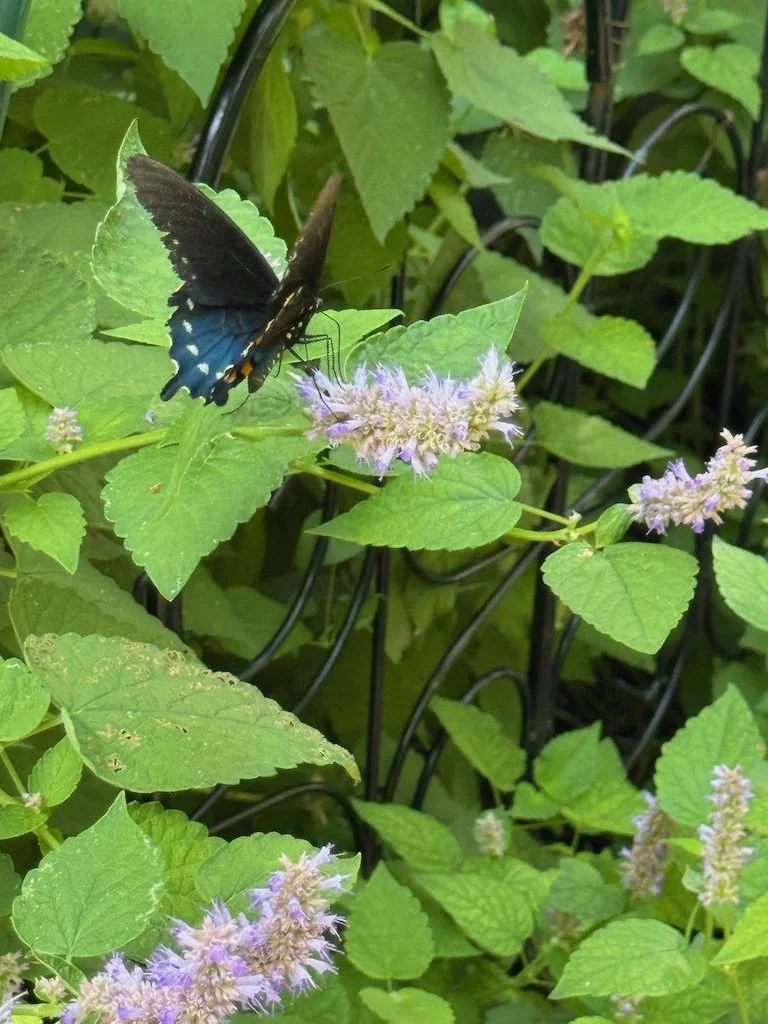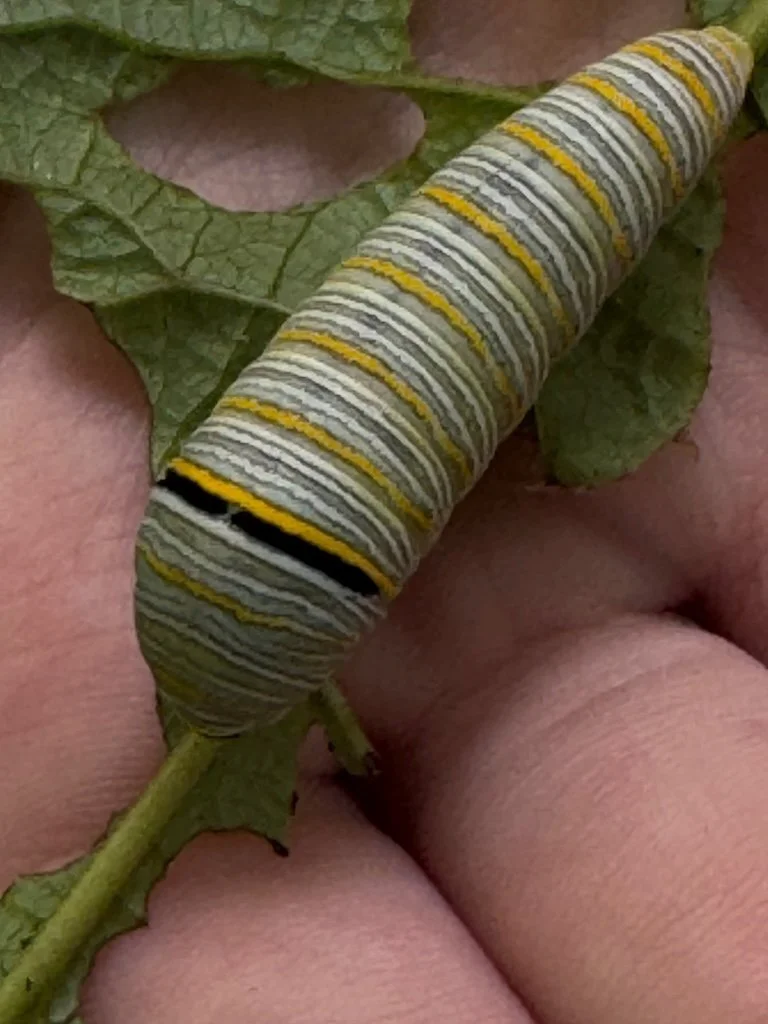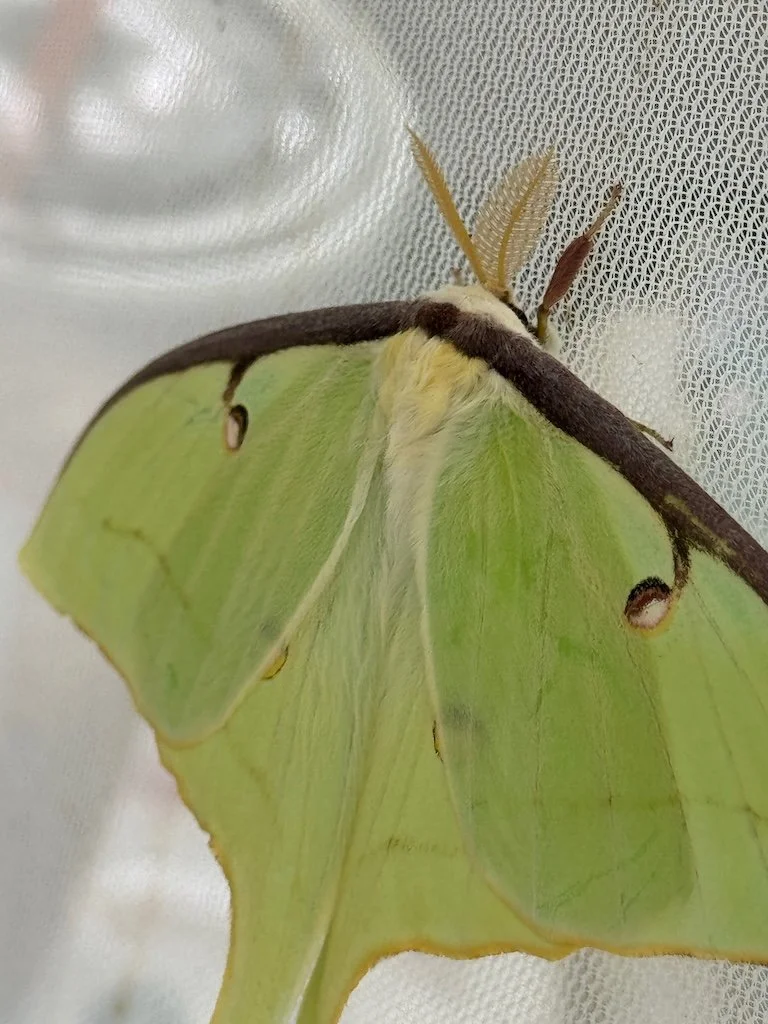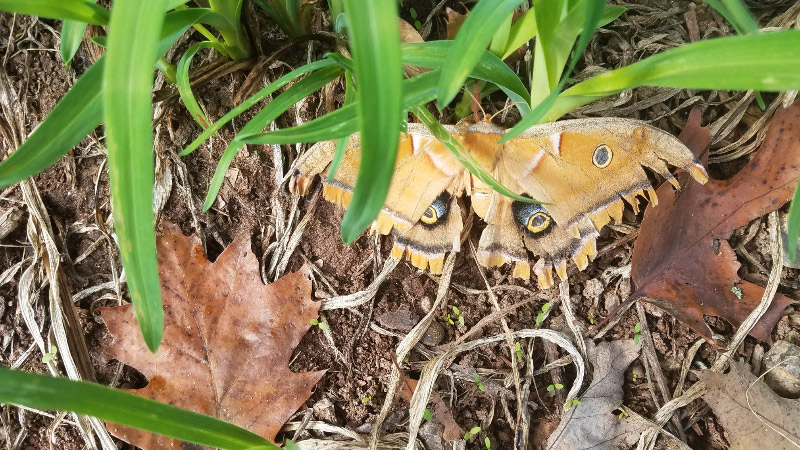Zooming – October 2025
/Seventeen pictures for October. They are mostly from Missouri and some left from September in the Chicago area.
I’m saving the fall foliage pictures until November; I suspect that the fall will be subdued because it has been so dry since mid-summer but I am on the lookout for opportunities to photograph the occasional spectacular tree!
Looking back at previous Octobers…
In 2024, I was enjoying Missouri Master Naturalist Core Training and an Identifying Woody Plants field class at Missouri State University.
In 2023, I made my first visits to the Shaw Nature Preserve and Butterfly House near St. Louis; there was a Chihuly glass exhibit in the Missouri Botanical Garden. My parents were still in their home, and I was enjoying birds in nearby Josey Ranch park.
In 2022, I travelled to London, Ontario with my daughter…passing through Detroit on the way. It was our first fall in Missouri.
In 2021, we made our last visit to Longwood Gardens from our home in Maryland and I photographed a lot of waterlilies. At the time, we didn’t realize it would be our last fall in Maryland.
In 2020, we were still doing most things virtually. Most of the pictures taken at home…a lot of birds at the feeders on our deck and colorful leaves. There was one trip to Conowingo Dam but the only picture in the post is of a stern looking Great Blue Heron.

